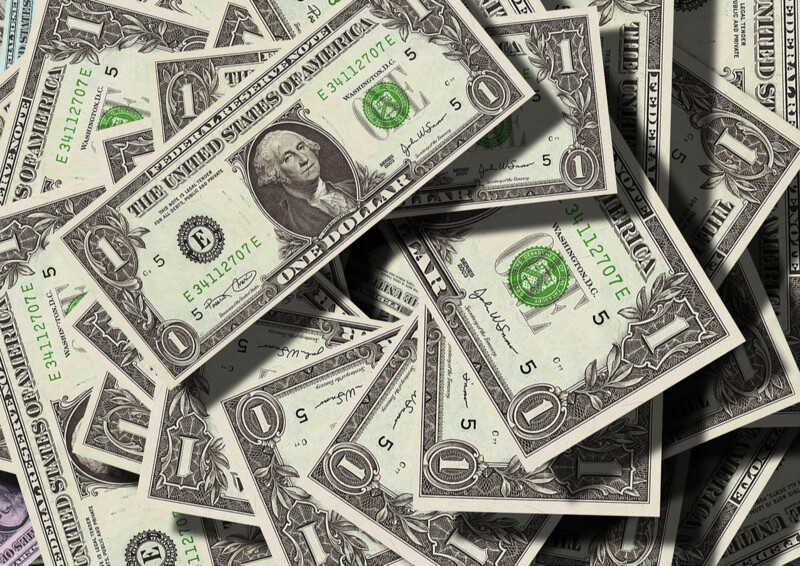Après une année 2022 exceptionnelle pour le dollar, 2023 s’annonce plus difficile. Si un krach, redouté par les marchés, est peu probable dans les mois à venir, le billet vert va tout de même devoir faire face à une conjoncture dégradée, sur fond d’inflation et de récession économique aux États-Unis.
L’ascension du dollar au détriment des autres grandes monnaies
En 2022, le contexte géopolitique et la rapide progression de l’inflation ont poussé les investisseurs, cherchant à se protéger avec une valeur refuge ou à tirer profit de la hausse des taux d’intérêt, à se tourner vers les actifs libellés en dollars.
Le billet vert a également bénéficié des difficultés de l’euro et du renminbi, dues respectivement à la guerre en Ukraine et à la politique zéro Covid de la Chine. Le yen et la livre sterling ont également fait les frais de l’ascension du dollar, qui a moins impacté les devises émergentes.
Pourtant, les choses s’apprêtent à changer, et l’année 2023 devrait marquer la fin de la surévaluation du dollar. Sa performance a déjà chuté, passant de 15 % à 7 %, car les marchés anticipent déjà depuis plusieurs mois la récession économique à venir aux États-Unis.
De plus, les monnaies comme l’euro et le yen vont bénéficier de la politique monétaire de la Banque centrale européenne et de la Banque du Japon qui, contrairement à la Réserve fédérale américaine (Fed), vont continuer à relever leurs taux directeurs.
Pour la première fois en 17 ans, le dollar a cette année enregistré une progression de plus de 10 % par rapport au yen, à l’euro et à la livre sterling, les 3 autres plus grandes monnaies. Dans le détail, le billet vert a même progressé en 2022, à son plus haut niveau, de 30 % face au yen, de 18 % face à l’euro et de 26 % face à la livre sterling.
Une situation moins favorable en 2023
La correction du dollar au dernier trimestre ne l’empêche pas d’être toujours surévalué, mais la première monnaie mondiale va faiblir l’an prochain à cause de différents facteurs. Tout d’abord, le cycle de hausse des taux de la Fed va bientôt s’achever, ce qui va réduire l’écart avec les autres grandes monnaies. Ensuite, l’activité économique va se contracter aux États-Unis, entraînant une probable récession en 2023, tandis qu’une fois la reprise épidémique de Covid-19 sous contrôle, l’économie chinoise va retrouver sa vigueur.
Toutefois, même en cas de forte récession aux États-Unis, le krach du dollar est loin d’être un mécanisme inéluctable. Malgré 9 récessions depuis les années 1970, le dollar n’a reculé que 2 fois, entre 1972 et 1974, puis entre 1994 et 1995. La menace d’un krach du dollar inquiète toutefois les marchés, car ses conséquences seraient désastreuses. Tout comme le pétrole est indispensable au bon fonctionnement de l’économie mondiale, le dollar l’est à la finance, car il fait le lien entre les marchés et les monnaies.
Reste que si le billet vert faiblit en 2023, son recul ne devrait être que de courte durée. Dans le contexte actuel de crise énergétique, la production américaine de gaz et de pétrole est un atout majeur, et la relocalisation de nombreuses industries va soutenir la compétitivité des États-Unis. Autant de facteurs favorables au redressement de l’économie américaine et au renforcement du dollar.
